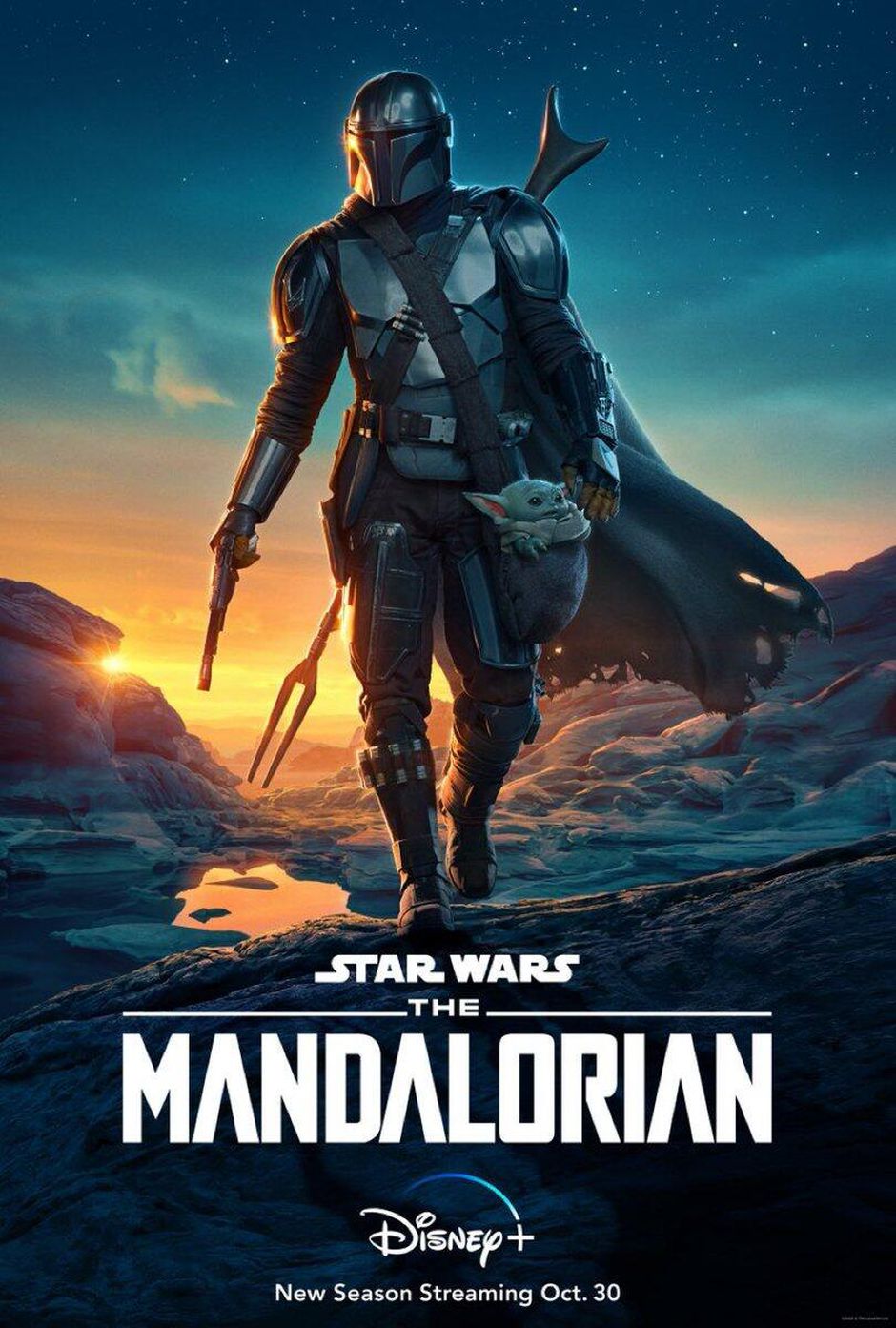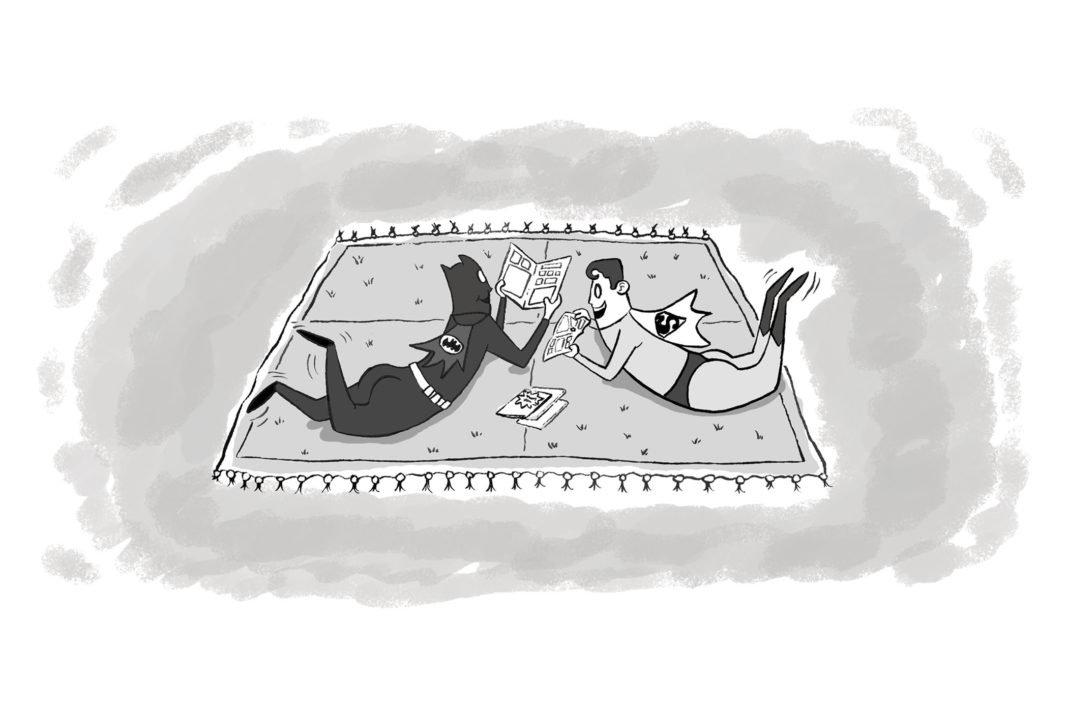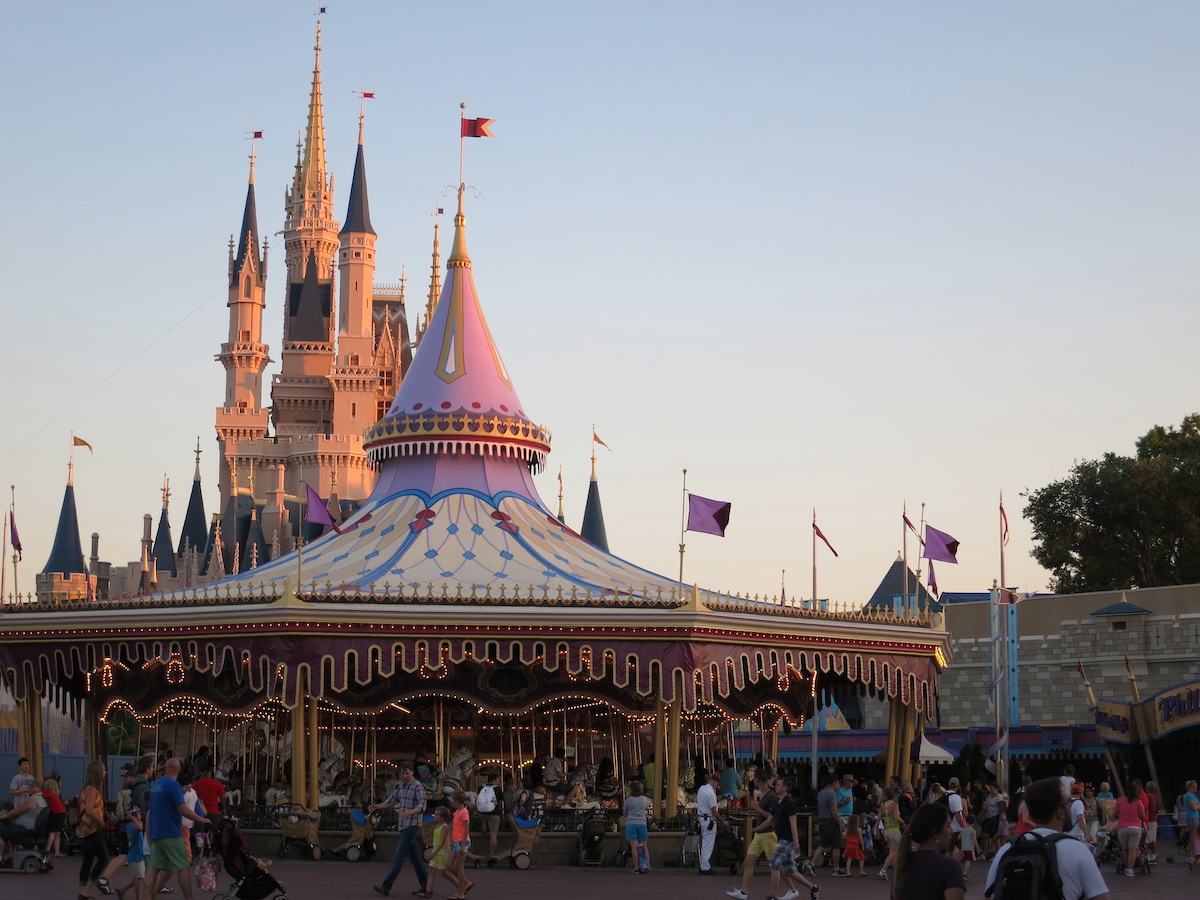When Disney bought Lucasfilm—and thus, Star Wars—in 2012 for $4 billion, consensus was they couldn’t fuck the franchise up any more than George Lucas had already. Eight years and five new full-fledged Star Wars films later, it’s clear we were a little off the mark.
Star Wars got a fresh start in 2015 with The Force Awakens, the first movie in the so-called sequel trilogy. That film went out of its way to distance the franchise from the jarring CGI, overwrought dialogue and impenetrable political narrative that characterized George Lucas’ much-maligned prequel films. Instead, The Force Awakens was Gen X wish fulfillment—the product of a focus group composed entirely of Kevin Smiths, a spotless but ultimately servile puree of original trilogy tropes. It was everything a Star Wars film should be, even if watching it evokes saudade akin to catching a band that broke up before you were born on their reunion tour or looking out at the Grand Canyon after decades of only seeing it on postcards. When your wishes materialize, they necessarily lose some of their luster.
After that, Star Wars became both progressively cooler and shittier. The 2016 Episode 3.5 spinoff Rogue One—which is now widely considered to be among the best outings in the entire franchise—told a darker, more emotionally resonant story. Rogue One conveyed the moral ambiguity of the Rebel Alliance and the fascistic tyranny of the Galactic Empire with an eloquence and political maturity totally uncharacteristic of Star Wars. Similarly, Rian Johnson’s lone mainline entry, 2017’s The Last Jedi, attempted to throw the entire sequel trilogy off the rails; Johnson killed off its presumed big bad midway through the film and ignored virtually every narrative thread introduced in The Force Awakens, much to the chagrin of comic book guys everywhere.
On the other end of the spectrum is 2018’s Solo—a Han Solo and Chewbacca origin story which is basically just Turner & Hooch in space—and last year’s The Rise of Skywalker, an inestimably disappointing conclusion to one of the most beloved stories ever told. Disney’s assembly line approach to the franchise—that’s five Star Wars films in four years, compared with the six Star Wars films in nearly 30 years Lucasfilm gave us when they were a standalone—has led to profound Star Wars fatigue, even among fans. Unlike the Marvel Cinematic Universe, whose films elegantly interweave, these new Star Wars movies feel entirely disconnected from each other both aesthetically and narratively. That’s because they don’t coalesce around the central vision of a certain megalomaniacal auteur, and each one bears the strong signature stench of its respective director—Johnson’s serious filmmaker attitudinizing and flippant iconoclasm with The Last Jedi, J. J. Abrams’ explosive histrionics and complete lack of imagination with The Force Awakens and The Rise of Skywalker, and so on. The result is a series whose scope has somehow become both too wide and too narrow.
Somewhere in the middle of this mess sits The Mandalorian, the first live-action Star Wars serial and the only reason you should consider subscribing to Disney+.
It used to be that, in between mainline Star Wars installments, fans would get a bounty of officially licensed ancillary content to hold them over—video games, novels, comic books and more. But this Silmarillion-like web of media—known collectively as the “Expanded Universe,” now “Star Wars Legends”—had another function: it suggested that the Star Wars we saw in films was only the tip of the iceberg, and it filled in the blanks, tackled unanswered questions and added depth to what was, fundamentally, a pretty barren and ill-defined fictional world.
When Disney acquired Star Wars, this content was officially erased from series canon, thus making Star Wars feel a lot smaller. To the initiated, it’s pretty obvious that The Mandalorian is Disney’s attempt at remedying this. Unlike previous Star Wars shows, such as Rebels and The Clone Wars, Mandalorian isn’t an interquel or preamble to some grander, Jedi-related story. In fact, Mandalorian is so removed from the Skywalker arc that not even its characters seem aware of events from the films (“I’ve heard of them before,” the titular character says of the Jedi.)
It is uniquely refreshing to see a new piece of Star Wars media that eschews lightsabers and doesn’t exist for the sole purpose of mending a horrifyingly muddled continuity. It also makes the payoff that much greater when there are those glimmers of fan service—whether it’s a fleet of X-Wings or Phantom Menace pit droids. The Mandalorian instead focuses on the seedy recesses of Star Wars lore, and the main character is a blaster-wielding bounty hunter who looks a lot like franchise favorite Boba Fett. Unlike Fett, however, the Mandalorian isn’t essentially heartless: his compassion for “The Child”—a bounty turned comrade who resembles a baby Yoda—inspires him to abort a lucrative mission, and this becomes the driving plot point of the series’ first season.
That first season crescendoed with its sixth episode—titled “The Prisoner”—in which the Mandalorian stages a prison break with a ragtag gang of mercenaries who also seem like they could have been the opening band for Evanescence on the Fallen tour. After mercilessly negging the Mandalorian on the trip to the penitentiary (“If they’re so strong how come they’re all dead?” says resident strongman Burg—who I assume is the drummer—about the Mandalorian race of warriors of which our protagonist belongs), the mercenaries betray the Mandalorian after arriving at their destination, and it’s implied that he assassinates each of them individually as a brutal act of vengeance—until the end of the episode when it’s revealed that he just placed them all in a locked cell together, hinting at humanity behind the mask.
Moments like this make The Mandalorian seem infinitely smarter than recent Star Wars film installments. Snappier, too—and it makes some sense that Lucas’ creations are a perfect fit for the serial format, considering Flash Gordon was one of Star Wars’ original influences.
Although it isn’t a huge accomplishment, The Mandalorian has already proved more enjoyable than Solo—the second worst film in the franchise—and The Rise of Skywalker—the worst film in the franchise by a mile, and one of the worst films I’ve ever seen. Still, this is an era of Star Wars where the people in charge have no fucking idea what they’re doing or what story they’re attempting to tell. Four episodes into its second season and The Mandalorian is beginning to seem like another casualty of this corporate aimlessness. We still have no idea who Baby Yoda is, beyond a genius merchandising opportunity, and there have been two full, 40-minute episodes built around the incredibly boring conceit of, “The Mandalorian must teach a village of hapless bumpkins how to fight and defend themselves from a big monster,” the first of which contains a training montage lifted straight from Mulan. Occasionally, The Mandalorian achieves Rogue One caliber greatness; whether or not it can sustain that level of quality depends on how soon it quits meandering and gets to the goods. Maybe showrunner Jon Favreau can watch some Flash Gordon reruns for inspiration.






